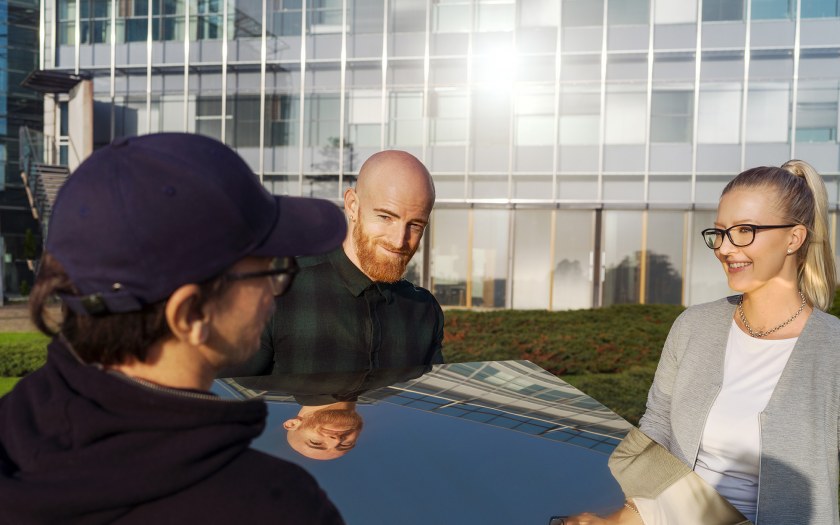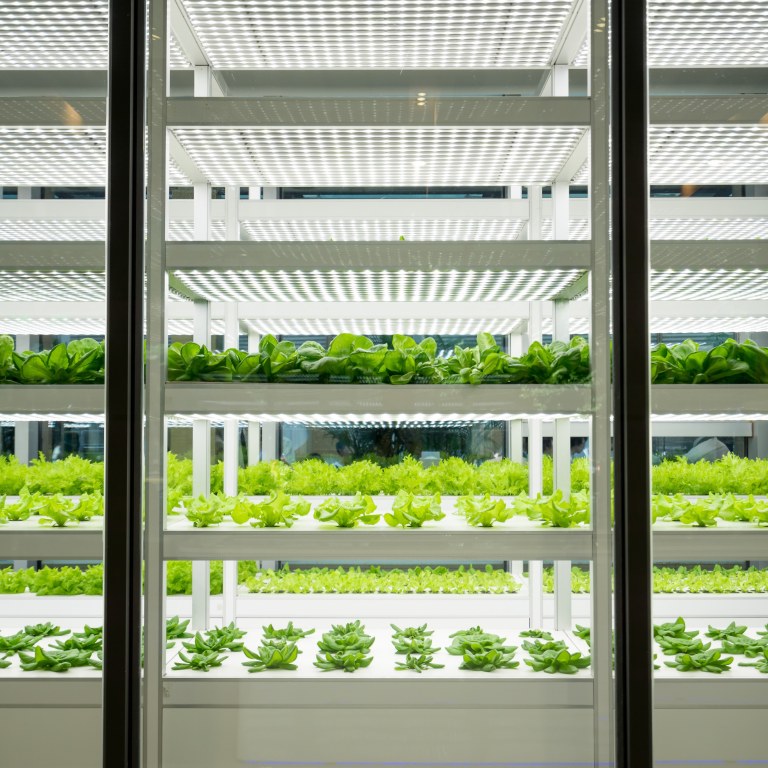Enter the ecosystem that goes beyond plastic age
The players in Espoo's innovation ecosystem create new business opportunities by reinventing wood and plant-based materials.
By manipulating matter on an atomic, molecular, and supramolecular scale, things like stiff and light bioplastic headphones are made of baker's yeast and fungal proteins. New organic battery materials are derived from biomass to solve energy storage problems. And sustainable bio-based materials are made by glueing wood cellulose fibres together with the silk protein found in spider web threads. Espoo offers you access to enter a new era beyond plastics.
Espoo's new materials strengths
- Renewable Materials
- Synthetic biology
- Nanotechnology
- Raw materials
We help you find the right new materials business and investment opportunities
Enter Espoo helps you to get easy access to Finland’s new materials ecosystems and key players. We help you to find the right new materials business opportunities, technologies, startups, and partners in Finland.
We're here to help you
Go to servicesWhy should you do new materials business in Espoo?
Finland has reinvented its forest industry. Pulp and paper used to be king. Now, Finns create innovative, new materials from wood and plant-based raw materials.
Finns have long since perfected the use of wood industry sides streams. Finland is a leading country in turning lignocellulose into new materials and products while offering vast business opportunities in nanotechnology and synthetic biology.
Here are just a few visionary new materials developers operating in Espoo’s innovation ecosystem:
- Synbio Powerhouse is Finland’s business and research ecosystem that studies the production of sustainable materials by using synthetic biology and how to transform synbio innovations into business. Synbio is a part of Aalto University and VTT’s bioeconomy research infrastructure.
- Startups like Paptic and Woodly create new biobased solutions to everyday consumer products and packages.
- FinnCERES is a globally top-ranked Competence Center for the materials bioeconomy by Aalto University and VTT Technical Research Centre.
- Corporations like Fortum and its Bio2X program produces high-value products from agro-residues and woody biomass to replace fossil and other environmentally harmful materials in many industrial and consumer sectors. Neste is a global leader in producing renewable diesel made from waste and residues.
- Micronova is Finland's national research infrastructure for micro and nanotechnology, jointly run by VTT and Aalto University.
- EIT Raw Materials is the largest consortium in the new materials sector worldwide.
It’s the law! EU's GMO, biomedicine, chemical and patent legislation currently regulates implementations in synthetic biology, and more exact legislation is under discussion.
Did you know? Finland is home to the world's largest wood-processing plant. The plant produces pulp and converts side streams into tall oil, turpentine, bioelectricity, product gas, sulphuric acid, and biogas.
Big numbers: Vehicle fuels will be 40% renewable in Finland by 2030.

Find the best startups in Finland
Discover intelligence on Espoo-based and Finnish startups on the Dealroom platform.
What does sustainability mean in new materials?
Mass production and consumption of materials have a massive impact on our environment. Our lifestyles are dependent on plastics made of petrochemicals. Plastics decompose poorly and turn into microplastics. Meanwhile, rare minerals are running out, and the environmental effect on mining is vast. Then there are the greenhouse gasses caused by use of fossil fuels.
Creating new sustainable and renewable materials is necessary so that we can achieve the UN 2030 Agenda for Sustainable Development goals. Recycling and circular economy are fundamental building blocks of a sustainable society — but no material can circulate endlessly. The production of new raw materials is essential, if we genuinely want to achieve sustainable growth and consumption as well as a transition to environmentally friendly energy and consumer technologies.
Hero image: Enter Espoo Oy


